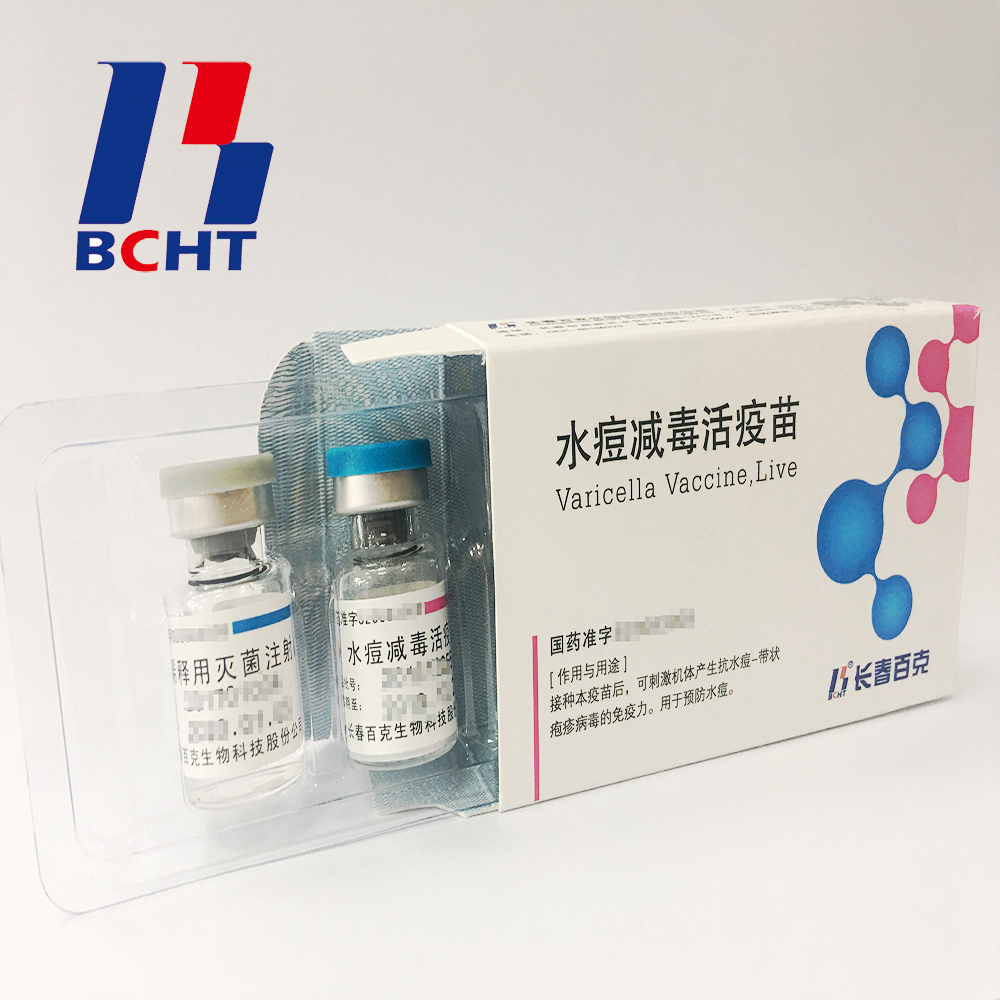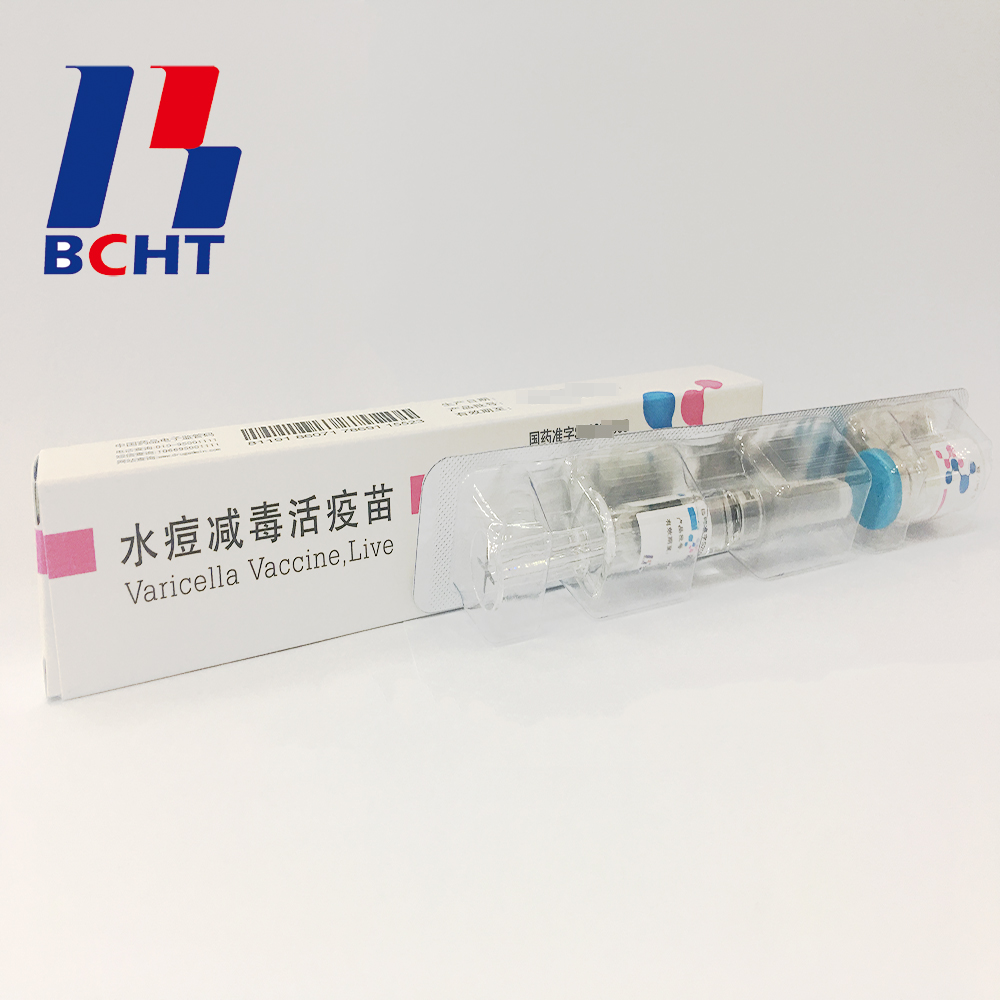First, plant characteristics. Evergreen trees, without main roots, single straight trunk, 10-20 meters high. Leaves 6-10 pieces clustered at stem top, pinnate compound leaves up to 4 meters in length, leaf sheaths with stems. The stems below the leaf bundles are stalks of inflorescences with many branches, single flowers, monoecious and male plants, male flowers are small and numerous, and are attached to the upper part of the inflorescence branches. There are fewer female flowers and they are born on the base of the inflorescence axis branch. Nuts are ovoid, red when ripe, and fibrous in the skin, with a semi-oval shape. Flowering from April to August, winter flowers do not result, fruiting period from November to next April.
Second, the growth characteristics. It grows in areas below 700 meters in tropical elevation. Not cold, the temperature grows better around 25 °C. Although short-term light frost does not freeze, the leaves will fall. Long drought and strong wind are not conducive to growth. The soil should be thick and moist, brick red soil, red soil can be. Often planted in sunny villages, behind the house, as well as forests, river banks, valleys, hillsides. In the early stages of growth, heat must be protected. Therefore, the betel nut garden can be planted with bananas for shade. Betel nuts can be made with pepper and serve as a living support for pepper.
Third, cultivation techniques
1. Breeding methods: Seedlings can be transplanted and transplanted with seeds, but they can also be broadcast live. However, the survival rate is low and most of them are not used. The seedlings should be selected from fertile sandy loam with abundant water sources, convenient irrigation and shady trees. After ploughing, the soil is composted and manure-fertilized. The soil is evenly mixed so that the soil is evenly mixed. The hole is opened by raising the seedlings and then the basal fertilizer is applied to concentrate the fertilizer.
1 selection. The 15-25 years with short stem sections, stem bases, and stems were not significantly different in thickness. They were tall and robust, with dark green leaves, and the results were numerous and concentrated as the parent tree. When the fruit is fully ripe, it is picked off, and then the seeds are selected for large, golden and spotless varieties. In order to prevent the fruit from falling from the tree and causing rot to affect germination, it is better to pick the fruit and the tree under the tree should be taken. The fruit collected should be germinated immediately.
2 fry germination. Choose 30 cm deep and dig deep, depending on the terrain and seeds, depending on the length and width of the ground, spray a layer of sand after the water is poured on the bottom of the pit, then spread a layer of fruit (the fruit pedicle is upward to germinate) and add a layer of broken ( Thickness of about 9cm), after stacking 1-2 layers, the cover layer of straw, often pay attention to watering to maintain humidity, half a month later can produce large white buds of rice grains, then take out the seedlings, otherwise the buds grow too large, when sowing Easy to damage, easy to be sunburned after sowing.
3 nursery and seedbed management. According to the spacing of each 30 cm open hole, each hole 1-2 horizontal fruit, covering the soil to not see the fruit for the degree. Within 10 days after sowing, it is necessary to spray water once a day, fertilize once when the seedlings unearthed leaflets are spread out, apply it along the root soil, and then cover the soil. According to shading conditions, appropriate shade sheds, to avoid sun exposure, weeding, fertilization 2-3 times a year, and pay attention to irrigation, soil training. When the seedling age is 1-2 years and the height is 30-60 cm, when the stem base is slightly enlarged, it can be planted with soil.
2. Planting: The best planting season in the rainy season is easy to survive. On the selected ground two months prior to planting, a hole of 240 centimeters and 300 centimeters (4.5 meters and 6 meters for the intercropping of peppers) was opened first, 60 cm wide and 45 cm deep to allow the soil to weather. When planting, select the cloudy day and fill the topsoil into the pits and apply enough basal fertilizer to plant the strong seedlings excavated with soil on the day and plant them directly in the pit. It is about 15 cm above the ground and can be compacted with soil. After planting, cut the unfolded leaves in half and insert the twigs into shades according to the intensity of sunlight. Water the leaves properly every day until new leaves are formed to survive, so as to reduce the number of watering.
3. Woodland management: After plant survival, each year should be cultivated, weeded, fertilized 2-3 times, pay attention to irrigation and drainage, keep the soil around the plant loose, no weeds, adequate nutrients, and appropriate humidity, in order to facilitate normal growth, early results . Fertilization should be carried out at 15-20 cm at the root of tree roots in April-September. In mature trees, human fecal urine or nitrogen fertilizer is applied before the buds are present; in the vigorously growing period, phosphorus and potassium fertilizers, such as superphosphate, plant ash or compost, are applied.
The betel nuts are characterized by low dry leaves, saplings of young trees, happy trees, and large ground clearance. Some dwarf and shade-tolerant crops, such as beans, peppers, vegetables, or other fruit medicines, can be planted between rows of plants. class. As long as the management is strengthened, fertilization is increased, land is fully utilized, and long and short crops are combined, the income can be increased, and the ground can also be covered to prevent soil erosion caused by rain erosion, maintain soil moisture, and facilitate the growth of betel nuts.
Fourth, harvest processing. Results begin 7-8 years after transplantation. From April to April each year when the fruit is ripe yellow, it can be harvested. Then use a knife to cut through the peel and peel it off to dry the seeds and peels separately. The seed is the betel nut (Saiyu), and the pericarp, which is the big belly, is sold and used as medicine.
Finished Products of varicella vaccine. It has three qualities,good safety of gelatin-free, long validity period by good stability, better protection with high titer and immune efficacy. These improvements enhanced the vaccine safety and quality, and established BCHT the leading position in varicella vaccine. We have two different packages, penicillin bottle and pre-filled syringe. And it has been exported to other countries, such as India, Philippines.


Finished Products
Finished Products Of Rabies Vaccine,Rabies Vaccine For Human Use,Live Biotechnology Chicken Pox,Live Lyophilized Vaccination
Changchun BCHT Biotechnology Co. , https://www.ccbcht.com